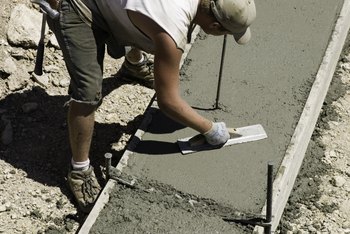Dec . 11, 2024 12:15 Back to list
china formwork and falsework
Understanding Formwork and Falsework in China’s Construction Industry
In the rapidly evolving landscape of construction, particularly in China, the concepts of formwork and falsework have gained significant attention. As the country embarks on ambitious infrastructure projects, the methods and materials utilized in these processes have become critical to their success and efficiency.
What is Formwork?
Formwork refers to the temporary or permanent molds used to shape concrete until it hardens. It plays a crucial role in defining the final structure of buildings, bridges, and other infrastructures. In China, where numerous megaprojects are relentlessly pursued, the choice of formwork systems can impact not only construction speed but also the overall quality and safety of the structures.
Traditionally, wooden formwork was the most prevalent choice in construction. However, advancements in technology and materials have led to the widespread adoption of metal and plastic formwork systems. These modern materials provide several benefits, including increased durability, ease of installation, and reusability. In dense urban environments, where space is limited and efficiency is paramount, the use of innovative formwork systems has become essential.
The Role of Falsework
Falsework, on the other hand, is a temporary structure that supports the formwork during the curing process of the concrete. It ensures that the formwork remains in position and bears the load of the wet concrete until it sets and gains sufficient strength. In China, the complexity and scale of construction projects often necessitate sophisticated falsework systems designed to accommodate unique architectural features and significant weight loads.
china formwork and falsework

The design of falsework involves engineering expertise to ensure stability and safety throughout the construction phase. It must account for various loads, including the weight of the formwork, concrete, and potential environmental factors like wind or seismic activity. With China’s focus on high-rise buildings and large-scale infrastructure, the evolution of falsework systems has been noteworthy, emphasizing robust design and ease of adaptability.
Innovations in Formwork and Falsework
As the construction industry in China becomes more advanced, innovations in formwork and falsework technology are paramount. Prefabricated systems are becoming increasingly popular, allowing for quicker assembly and disassembly, which significantly reduces labor costs and project timelines. Additionally, the integration of smart technologies—such as sensors for real-time monitoring of structural integrity—offers further assurances in safety and efficiency.
Furthermore, eco-friendly materials are gaining traction within the industry. With a growing emphasis on sustainability, manufacturers are developing formwork systems that are recyclable or made from sustainable materials. This shift not only reduces the environmental impact of construction but also adheres to China’s broader governmental mandates for green development.
Challenges and Considerations
Despite the advancements, challenges remain in the implementation of formwork and falsework systems in China. The training and skill level of laborers play a crucial role in the successful deployment of these technologies. There is ongoing demand for skilled professionals who are adept at working with both modern materials and conventional systems. Moreover, safety standards must be strictly adhered to, ensuring that all formwork and falsework installations meet regulatory requirements.
In conclusion, formwork and falsework are integral components of China’s construction landscape. As the nation continues to push the boundaries of architectural and engineering feats, the evolution of these systems will be crucial in meeting the demands of the industry. Embracing innovation, sustainability, and skilled labor will ultimately guide China toward a brighter and more efficient construction future. Through these advancements, the industry can achieve not just physical structures, but also contribute to the ongoing development of a modern and sustainable society.
-
High-Quality U Head Jack Scaffolding – Reliable Scaffolding Jack Head Manufacturer & Factory
NewsJul.08,2025
-
High-Quality I Beam H20 Leading Timber Beam H20 Material Factory, Exporters & Manufacturers
NewsJul.08,2025
-
High-Quality Powder Coating Steel Formwork - Durable & Corrosion Resistant Solutions
NewsJul.07,2025
-
Inclined Column Formwork Supplier – Durable & Precise Solutions for Unique Structures
NewsJul.07,2025
-
High-Quality Water Stop Solutions Trusted Water Stop Company & Suppliers
NewsJul.07,2025
-
High-Quality Formwork Material Supplier Reliable Manufacturer & Factory Solutions
NewsJul.06,2025